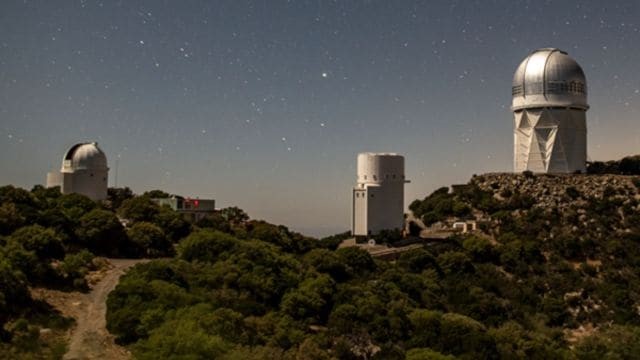Free Courses Sale ends Soon, Get It Now


Free Courses Sale ends Soon, Get It Now



Source: Indian Express
Disclaimer: Copyright infringement not intended.
Context
Details
Overview of DESI
Understanding Dark Energy
Insights from DESI
About Dark Energy
Historical Context
Evidence for Dark Energy
Theoretical Explanations
Cosmological Models
Properties of Dark Energy
Implications
Ongoing Research
Effects of Dark Energy
Dark Energy's Impact on Galaxies
Contrast with Dark Matter
Implications for the Universe's Destiny
About Dark Matter
Properties of Dark Matter
Evidence for Dark Matter
Candidates for Dark Matter
Cosmological Significance
Experimental and Observational Efforts
Conclusion
Sources:
|
PRACTICE QUESTION Q. Dark energy remains one of the most profound mysteries in modern cosmology, challenging our understanding of the fundamental forces and constituents of the universe. Comment. (150 Words) |
© 2024 iasgyan. All right reserved